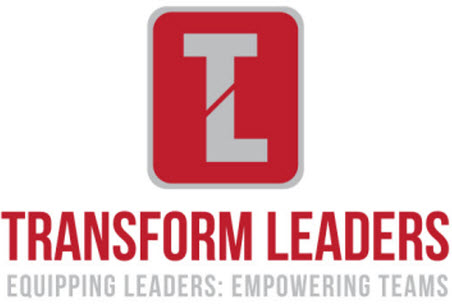
How do I elicit vision from those around me? You need to know that you need to engage various employees in different ways to elicit useful ideas. It is my experience that there are three general categories of employees:
The Complainers
If you ask them what they see for the future they will answer with concrete improvements that will help for the next 1-3 years. These are not to be ignored. When the conversation starts with these people, it often very much like complaining and diagnosing problems. They complain about the processes, the lack of information, lack of visibility or resources etc.
To elicit vision from these people ask them: “What would you do to fix the issues we face?†Now listen very hard. What you will hear will mostly be tactical issues, listen hard enough and to quite a few people so you can find the patterns, overall dreams. Your second question to these people could be: “Why do you want to fix/improve/change …….?†You will start to hear the aspirations and motivations that go beyond making today better.
Our job as a leader is to be able to articulate the dreams and desires as a consolidated, aspirational, positive picture of the future.
No one else will probably be able to hear all of the perspectives and fit puzzle pieces into a coherent whole.
The second group of people are the Idealists.
As a leader, sometimes we are too’ aware of the realities and complexities to create change.
It is not hard to elicit ideas from these people. Scratch the surface and they have ideas how to radically alter how you do things. As a leader these people are scary because they challenge conventions, long held practices and sacred cows. The challenge for leaders is to not dismiss these dreams and ideas as impractical and too idealistic.
Idealists are unencumbered by convention, resources, or history. They see those things, but they are idealists who dream big and without fear. They ask and answer audacious questions. They are your innovators, your inventors. There are less of these people but they are around you, at all levels of an organisation. The question that can guide their many ideas could be, “Of all the opportunities that you see, which one do think is the most compelling? How could we make it happen?â€
Like the pragmatists, listen to cry of their heart’ and the overall objective they are trying to achieve. As you listen, resist the temptation to dismiss their ideas so you will hear ideas that create real passion and deeply held ideals.
Your job is to be able to articulate the ideals and innovation at the heart of their ideas whilst moderating the ideas to make them achievable.
The third group are the Pragmatists
These people are rooted in today. They get on with their job, they know things aren’t perfect but they have accepted realities’. This creates loyal soldiers but they sometimes lack the energy to embrace or create change.
To engage these people in ideas for the future ask them, “If you knew we wouldn’t fail and resources weren’t the issue, what should we do over the next 10 years?†This question helps to take the brake off pragmatists safety thinking. It will be challenging, but stick with the process.
How to Cast Vision and Get Buy-In
Sometimes the process of listening, collating and then presenting a coherent vision can take a week or months.
From here record your vision. Write down an ideal and unique image of the future for yourself and your team/organisation. Make it from three to five minutes long when read aloud.
Then breathe life into your vision. Define your vision in concrete terms. Be evocative and provocative, using metaphors and figures of speech ready to share at every opportunity.
- Test your ideas with a few trusted advisors before going public.
- Initially, present your ideas tentatively and ask for feedback in multiple ways. Don’t just announce to the whole team or organisation a vision for the next 5 years.
- Show people where their ideas and dreams have contributed to what you are presenting as the goal for the future. Use words, concepts and ideas that you have heard when talking with your employees.
- When you get feedback have a clear mechanism of how you are going to assess it. There will be three groups of people who give you feedback, notice from whom you are getting this feedback.
The three groups are:
Your fans: Those who are bought into you and your leadership and will like almost anything, or are frustrated with the status quo and always want change.
The fence sitters: Those who will want time and more information to make up their mind.
The Non-changers: Those who like the status quo and/or haven’t bought into your leadership and will oppose whatever you present.
5. Modify the vision according the feedback in the middle. Don’t react to the extremes.
6. Share and reinforce consistently the clarity about the future.Â
Following these steps will help create clarity and buy-in of the vision that you have elicited, framed and articulated with those you lead.
